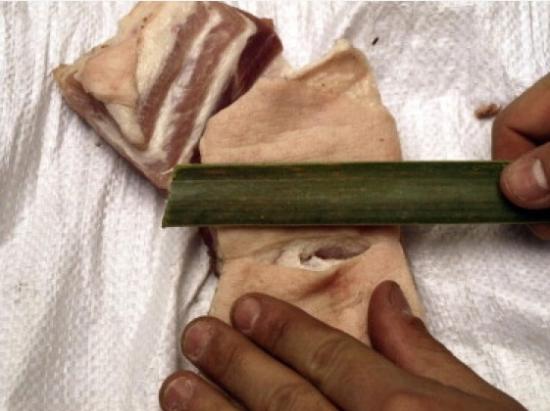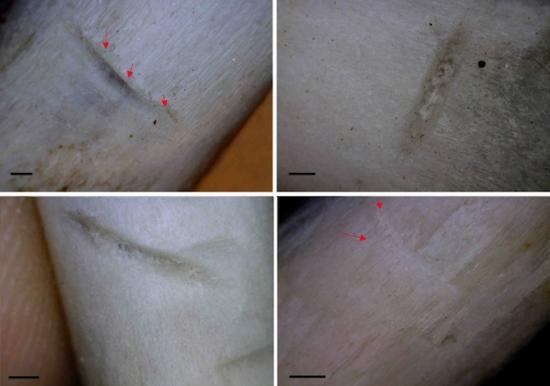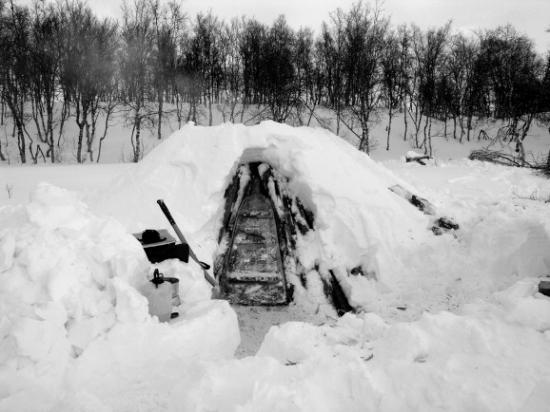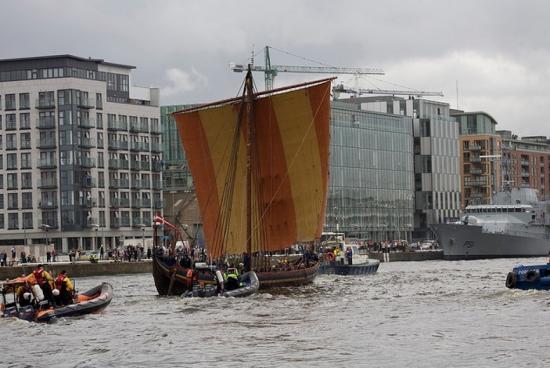
ARC 100 : Introduction à l’Archéologie / Introduction to Archaeology
ARC 101 : Les grandes découvertes archéologiques
ARC 102 : Histoire de l’Archéologie / The history of Archaeology
PART.2

Image: Metin Eren/Quaternary International
A Stone Age Without Stone
Stone tools became steadily more sophisticated as the Stone Age progressed, but not in southeast Asia. Stone tools there remained relatively primitive, lacking the innovation and diversity seen in other regions.
One explanation for this aberration is that southeast Asia was a cultural backwater, geographically isolated from developments elsewhere. Another is the so-called bamboo hypothesis, which holds that only a few simple flakes of stone were needed to carve complex tools from bamboo.
To test whether this was possible, University of Exeter archaeology student Metin Eren, who in other research has tested Neanderthal tools, tried his hand at shaping bamboo with stones from a river in southeast China. The first attempts ended with Eren's group seeking help from a local farmer, but soon they learned to make sharp bamboo knives.

Image: Examples of cut marks produced by experimental removal of flesh from chicken and sheep bones. (Manuel Domínguez-Rodrigo /Journal of Archaeological Science)
The First Tools? Not Quite
Late in 2010, paleontologists reported finding 3.5 million year-old animal bones scarred by stone scrape marks. If their interpretation was correct, it would move back the date on hominid tool use by almost one million years, into the time of Lucy and Australopithecus afarensis. It would also refute the notion that eating meat fueled the evolution of large, modern human brains.
The marks were hard to see, however, and some anthropologists were skeptical. In a March Journal of Archaeological Science study, researchers used sharp rocks to scrape flesh from the bones of chicken and sheep. The resulting marks looked little like those found on the 3.5 million year-old bones, which are now suspected to be have been caused by natural weathering.

Image: Journal of Archaeological Science
Life in a Sami Hut
To survive in the icy Arctic, where temperatures stay below zero degrees Fahrenheit for months on end, the nomadic Sami people of northern Scandinavia traditionally heated tiny huts with fires made from birch wood.
To understand what that was like, Swedish archaeologist Lars Liedgren built a traditional hut and lived inside, burning only what he could cut with a replica Viking hand-axe and transport by sled.
A few hours of cutting provided enough fuel to keep the air comparatively balmy a day and a night. The smoke was annoying at first, wrote Liedgren in the Journal of Archaeological Science, but air inside ancient Sami huts would have met federal United States standards of indoor air quality.

Image: William Murphy/Flickr
A Viking Voyage
After the recovery of a 100 foot-long Viking warship in 1957, it was only a matter of time before somebody built a replica and sailed it. This was done to great publicity in 2007, when 65 men and women piloted a reconstruction on a 1,000 mile voyage from Denmark to Dublin, Ireland.
The ostensible purpose of the trip was a scientific investigation into Viking seafaring, but it was as much a voyage of imagination: What was it like to cross the ferocious North Sea in a longboat? Would modern people be tough enough?
The crew arrived safely, crossing the sea in seven weeks. Unlike the Vikings, they were greeted by cheering crowds.